Demand creation for voluntary medical male circumcision: how can we influence emotional choices?
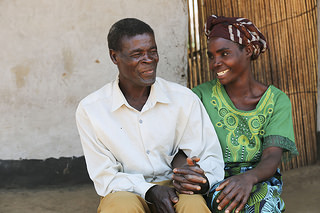
This year in anticipation of World AIDS Day, UNAIDS is focusing more attention on reducing new infections as opposed to treatment expansion. As explained by Center for Global Development’s Mead Over in his blog post, reducing new infections is crucial for easing the strain on government budgets for treatment as well as for eventually reaching “the AIDS transition” when the total number of people living with HIV begins to decline.
Male circumcision is one of few biomedical HIV prevention strategies with evidence of a large impact on reducing HIV acquisition among men, based on three trials conducted in South Africa, Kenya, and Uganda. In 2007, the World Health Organization and UNAIDS recommended scaling up voluntary medical male circumcision (VMMC) particularly in priority countries in Eastern and Southern Africa. Although some progress has been made the last few years, with close to 6 million circumcisions completed by the end of 2013 in the priority countries, we are still far from the goal of 20.2 million male circumcisions by 2015 necessary to avert 3.36 million new HIV infections. How can we design interventions to achieve the level of male circumcisions necessary to help reach the AIDS transition?
Interventions to promote increased VMMC have been quite successful at increasing the supply of circumcisions. The slow progress is blamed on demand. Governments and others employ two main approaches, informed by acceptability studies, for increasing the demand for VMMC—behaviour change communication (BCC) and opportunity or transaction cost reduction. BCC uses a variety of channels to provide information on benefits (primarily health benefits) from VMMC. The cost reduction approaches compensate men for financial costs incurred, such as travel expenses, and/or opportunities costs incurred, such as lost working days, when they are circumcised.
The results from these approaches have been disappointing. A recent randomised controlled trial evaluating the impact of comprehensive information about male circumcision and HIV risk in Lilongwe, Malawi shows no significant effect on adult or child demand for circumcisions after one year. In another 3ie-supported study in Malawi, information increased the likelihood of getting circumcised by only 1.4 percentage points. On the cost side, a randomised controlled trial evaluation conducted in Kenya of an intervention to reduce costs associated with VMMC finds that small, fixed economic incentives to compensate for lost wages ranging from KES 700-1200 (USD 8.75-15) increased VMMC uptake within two months among men aged 25-49 years by 7.1 per cent. Although this finding is statistically significant, the effect size is small suggesting that targeted level of male circumcision coverage might not be achieved by only addressing barriers related to costs.
Both these approaches are based on rational choice theory, that is, they assume that men make the decision to get circumcised as a rational choice that maximises benefits to them and minimises costs to them. Given the low numbers overall and the impact evaluation findings of small effects, we have to wonder whether the decision to be circumcised is really a standard rational choice type decision for many men. Maybe—just maybe—some men simply don’t want to be circumcised. Perhaps the decision about male circumcision is an emotional choice decision more than a rational choice decision.
Where does that leave us? Is there anything we can do to influence the emotional choice decision?
3ie’s thematic window for increasing the demand for VMMC is designed to promote and test innovative approaches for increasing the demand for male circumcision. In our scoping paper for this window, we suggest that one approach to innovation may be to engage peers and female intimate partners as catalysers to generate demand. These influencers may appeal to both the emotional choice and rational choice aspects of the circumcision decision. For example, men may find information provided by their peers to be more credible, but they may also feel more comfortable with circumcision if they know someone else who has chosen to do it. Intimate partners may be in a better position to frame the information being given to uncircumcised men, but they may also be able to convince men on an emotional level in the way that mass media certainly cannot. One concern that has been raised about promoting circumcision among men in consistent relationships is that circumcision could indicate that the man intends on having sex with others. Only within the relationship can a barrier to demand like this one be addressed.
Two studies funded under 3ie’s thematic window are testing interventions based on peers and intimate partners. One is in Zambia using peer referral incentives to increase demand for voluntary medical male circumcision. The second is in Uganda involving female intimate partners (pregnant women in their third trimester) to deliver a customised behavior change communication message to their partners in order to increase the uptake of VMMC.
There is one advantage for this desired behaviour change compared to many of the others we often seek to influence—we only need this behavioural response to occur once. A second approach to influencing the emotional choice takes advantage of this aspect. We know from behavioural economics and many other fields that people often have present-biased preferences, that is, they are not good at doing things they don’t want to do in the present in order to gain benefits over the long term. So perhaps an intervention designed to give a reward in the present can be used to induce behaviour in the present.
Two studies funded under the thematic window are testing interventions based on this idea in Kenya and Tanzania. These interventions employ a lottery (or raffle) for men getting circumcised to have a chance to win a prize, in both cases, some kind of phone. The material gain is only received by a subset of men, so the intent is not to compensate them for costs. Rather the theory is that the prospect of winning the prize will induce the desired behavioural for the single time needed. We hypothesise that these interventions will also benefit from the theory that people tend to overestimate probabilities near zero.
The final results from these and three other studies on demand creation for VMMC will be available in the first half of 2015. We hope to learn from them both what works for increasing the demand for VMMC and some insights into influencing emotional choices.


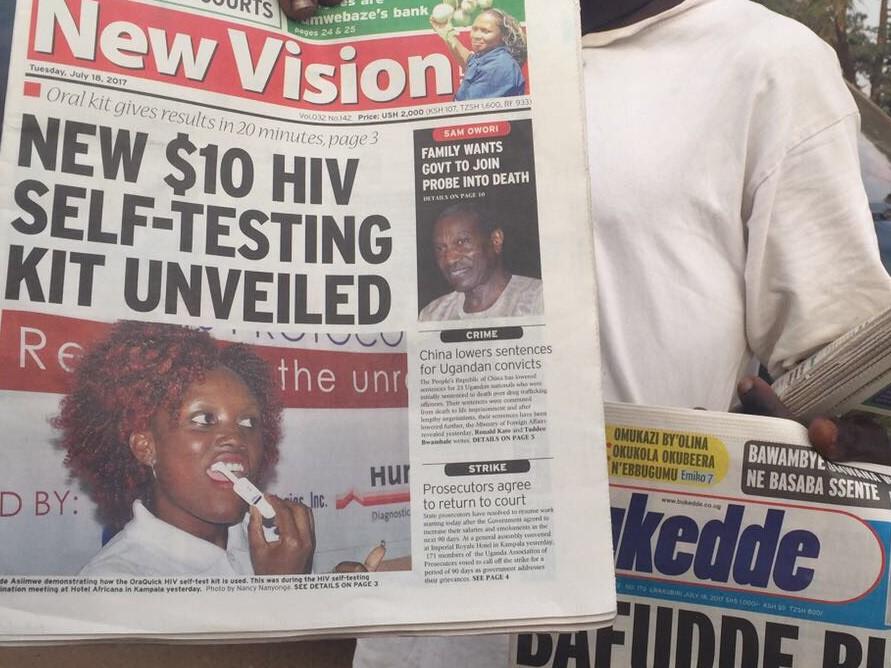
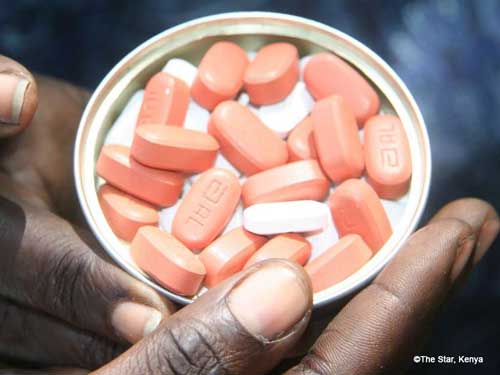
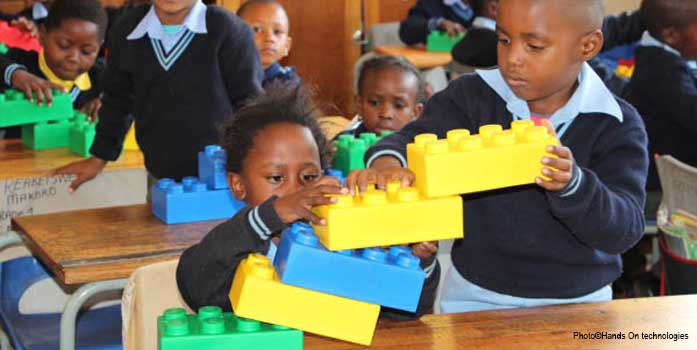

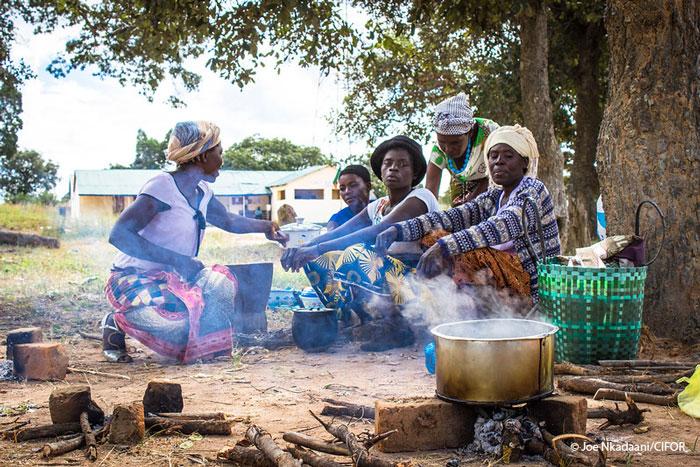

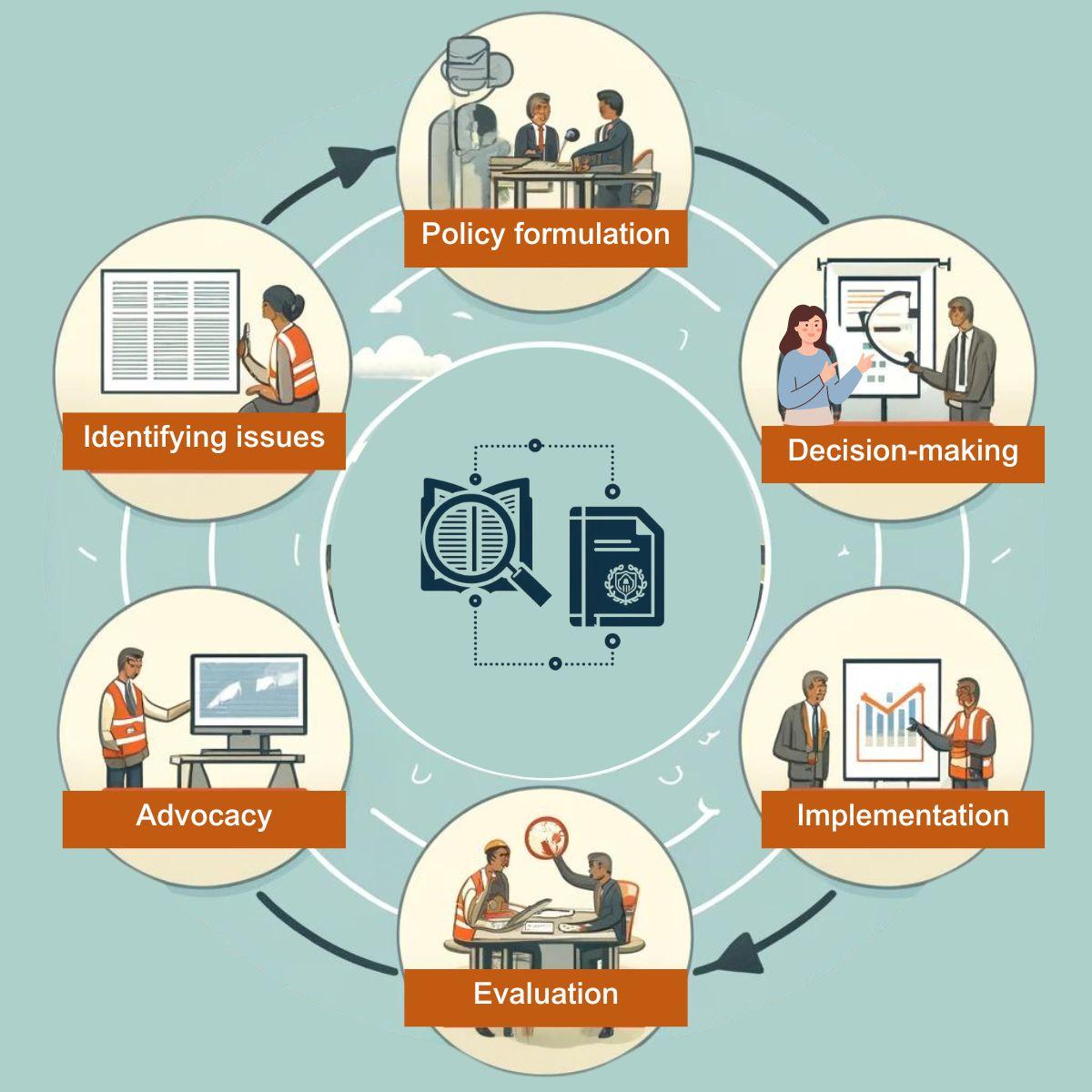
Add new comment